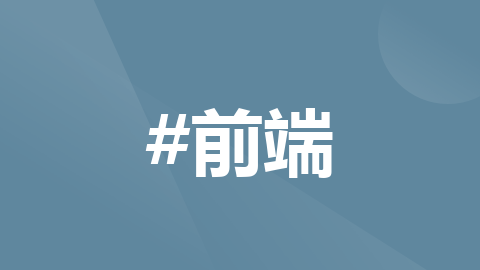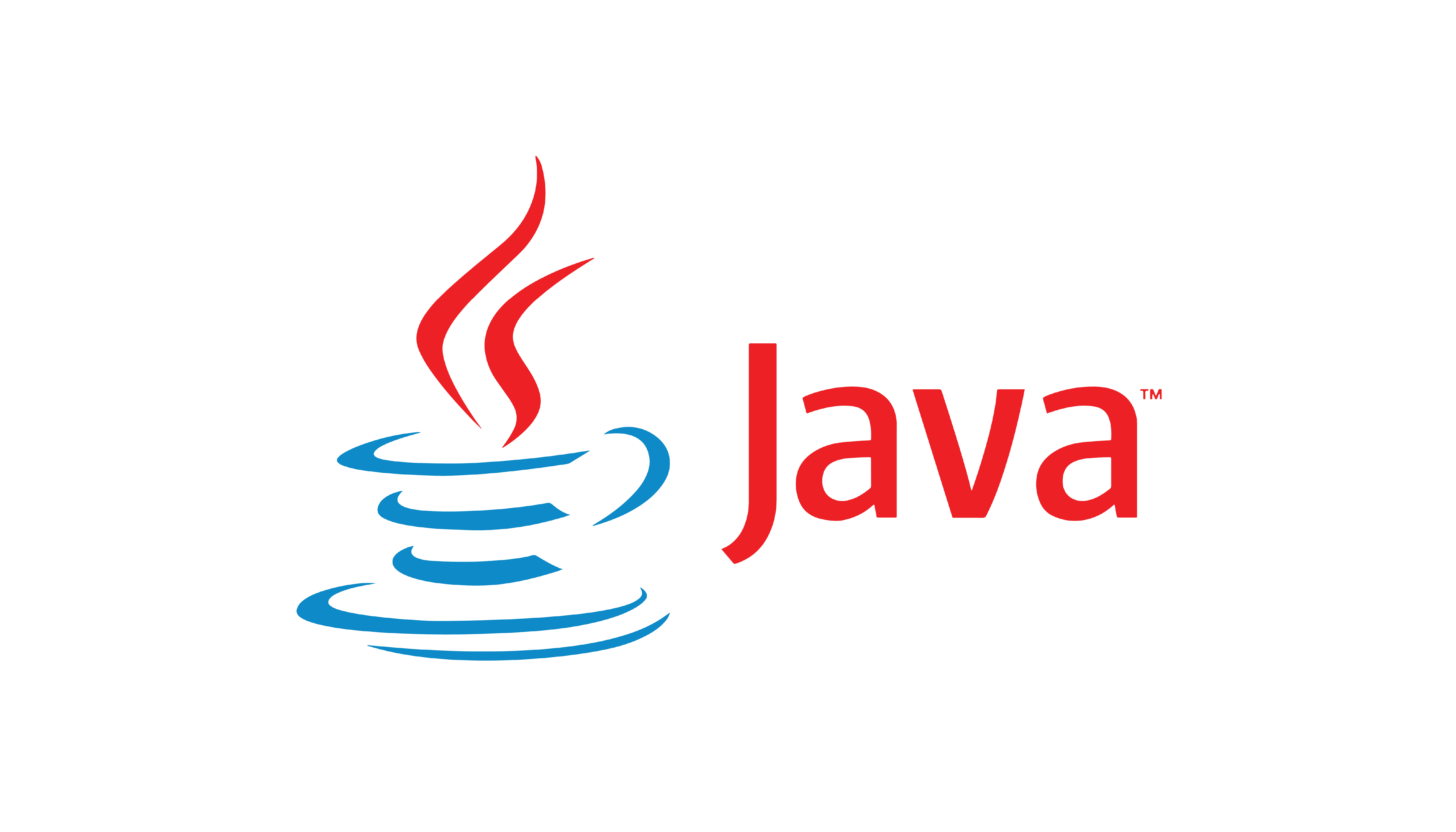
在 React 中强制重新渲染的 4 种方式
上述的这个例子,当用户点击标题时,我们想要重新挂载/卸载整个子组件,这时可以在子组件上增加一个 key 属性,这样便实现了目的。上述更新 state 和 props 的操作不会引起组件的重新挂载/卸载,只会重新调用 render() 方法。有时候对于一些逻辑复杂的组件,我们需要重新挂载/卸载操作,以便重新渲染内容。点击按钮后,会更新 <Child /> 组件,会引起 render() 再次执行。在
·
1.在 state 改变时重新渲染组件
React 组件在每次 state 变化时都会运行 render() 方法。
class App extends React.Component {
componentDidMount() {
this.setState({});
}
render() {
console.log('render() method')
return <h1>Hi!</h1>;
}
}
在上面的例子中,在组件挂载完成之后更新了 state。
也可以在事件监听器中触发重新渲染组件,例如 click 事件里。
class App extends React.Component {
state = {
mssg: ""
};
handleClick = () => {
this.setState({ mssg: "Hi there!" });
};
render() {
console.log("render() method");
return (
<>
<button onClick={this.handleClick}>Say something</button>
<div>{this.state.mssg}</div>
</>
);
}
}以上都会输出如下:
render() method
render() method2.在 props 改变时重新渲染组件
class Child extends React.Component {
render() {
console.log('Child component: render()');
return this.props.message;
}
}
class App extends React.Component {
state = {
mssg: ""
};
handleClick = () => {
this.setState({ mssg: "Hi there!" });
};
render() {
return (
<>
<button onClick={this.handleClick}>Say something</button>
<Child message={this.state.mssg} />
</>
);
}
}
上述例子中 <Child /> 组件不含有 state,但它接收了一个 prop 名为 message。
点击按钮后,会更新 <Child /> 组件,会引起 render() 再次执行。
Child component: render()
Child component: render()3.借助 key prop 重新渲染
上述更新 state 和 props 的操作不会引起组件的重新挂载/卸载,只会重新调用 render() 方法。有时候对于一些逻辑复杂的组件,我们需要重新挂载/卸载操作,以便重新渲染内容。
class Child extends React.Component {
componentWillUnmount() {
console.log("will unmount");
}
render() {
console.log("Child component: render()");
return this.props.message;
}
}
class App extends React.Component {
state = {
messages: [
{ id: 1, title: "Hello from Beijing", content: "Welcome to Beijing" },
{ id: 2, title: "Hello from London", content: "Welcome to London" },
{ id: 3, title: "Hello from Tokyo", content: "Welcome to Tokyo" }
],
activeId: null
};
render() {
const { messages, activeId } = this.state;
return (
<>
<ul>
{messages.map((item) => (
<li
key={item.id}
onClick={() => {
this.setState({ activeId: item.id });
}}
>
{item.title}
</li>
))}
</ul>
<Child
key={activeId}
message={
activeId
? messages.find((item) => item.id === activeId).content
: ""
}
/>
</>
);
}
}
上述的这个例子,当用户点击标题时,我们想要重新挂载/卸载整个子组件,这时可以在子组件上增加一个 key 属性,这样便实现了目的。可以看到每次点击后,都会执行 componentWillUnmount() 方法。
4.强制重新渲染
不建议采用此方式,建议采用更新 props 和 state 的方式。
class App extends React.Component {
handleClick = () => {
// force a re-render
this.forceUpdate();
};
render() {
console.log('App component: render()')
return (
<>
<button onClick={this.handleClick}>Say something</button>
</>
);
}
}更多推荐
 已为社区贡献1条内容
已为社区贡献1条内容









所有评论(0)